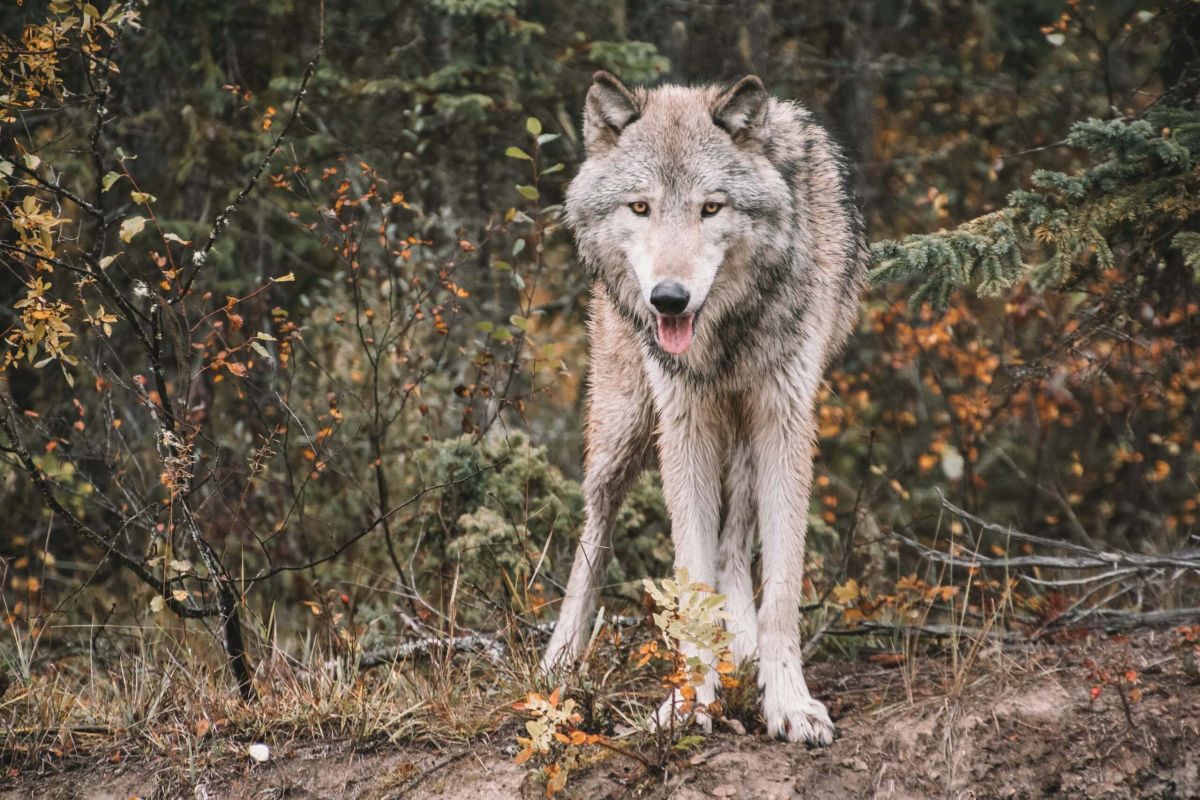Canis Lupus: Exploring Wolves

Wolves have long captured human imagination through folklore, mythology, and their undeniable beauty. Among the most fascinating species in the animal kingdom, Canis lupus, commonly known as the gray wolf, is not only the largest member of the Canidae family but also an apex predator that plays a critical role in its ecosystem. We will investigate the biology, behavior, social structure, and conservation status of this incredible creature.
The Biology of Canis Lupus
Gray wolves are known for their striking appearance, characterized by a thick coat that varies in color from white to gray to black, depending on their habitat. Adults typically weigh between 50 to 110 pounds and can grow up to 6.5 feet in length, including their bushy tails. Their keen senses of smell and hearing make them proficient hunters, capable of tracking prey from great distances.
Wolves are highly adaptable animals, found in a range of habitats, including forests, deserts, and tundras across North America, Europe, and Asia. This adaptability also extends to their diet; gray wolves are opportunistic feeders and primarily hunt ungulates such as deer, elk, and moose. However, they are equally known to scavenge or adapt their diets based on the availability of food sources.
Social Structure and Behavior
One of the defining characteristics of Canis lupus is its complex social behavior. Wolves live in packs that usually consist of an alpha male and female, their offspring, and sometimes other related individuals. These packs are highly structured and typically range from 2 to 15 members, depending on the region and prey availability.
The pack structure is essential for hunting and raising pups. Wolves communicate through vocalizations, body language, and scent marking, which helps maintain pack cohesion and establish territory. Social bonds between pack members are strengthened through mutual grooming and cooperative behaviors. This strong social structure is a key factor in their hunting success and survival.
The Role of Wolves in Ecosystems
Wolves are considered a keystone species, meaning their presence and activity significantly impact their ecosystem. By regulating prey populations, they help maintain a balance in the environment. Overhunting of large herbivores like deer, without predator control, can lead to overgrazing, which negatively affects plant biodiversity.
A well-known example of this ecological balance is found in Yellowstone National Park, where the reintroduction of wolves in 1995 led to a dramatic change in the ecosystem. The presence of wolves helped reduce the elk population, resulting in the regeneration of vegetation in riverbank areas, which in turn supported a more diverse array of wildlife, including beavers and various bird species.
Conservation Status and Challenges
Despite their ecological importance, Canis lupus faces numerous threats. Habitat loss, retaliatory killings due to livestock predation, and poaching have led to significant population declines. In the United States, gray wolves were listed as endangered in the lower 48 states, although their status has fluctuated over the decades. Conservation efforts, including legal protections and public awareness campaigns, have been critical in supporting wolf populations.
However, the debate surrounding wolf management remains contentious. While many advocate for their protection and conservation, others argue for regulated hunting to maintain population balance and mitigate human-wildlife conflict. Ongoing research and community engagement are essential to finding effective solutions that benefit both wolves and human populations.
Conclusion
Canis lupus embodies the wild and untamed spirit of nature. As one of the most successful predators in the animal kingdom, wolves play a vital role in maintaining ecological balance. However, their future hangs in the balance, reliant on our understanding, respect, and management of their populations and habitats. By fostering a greater appreciation for these magnificent creatures, we can ensure that they continue to roam the Earth, maintaining the intricate web of life in which they play a crucial role. As stewards of the planet, it is our responsibility to protect not just the wolves, but the ecosystems they help sustain, ensuring a rich biodiversity for generations to come.



